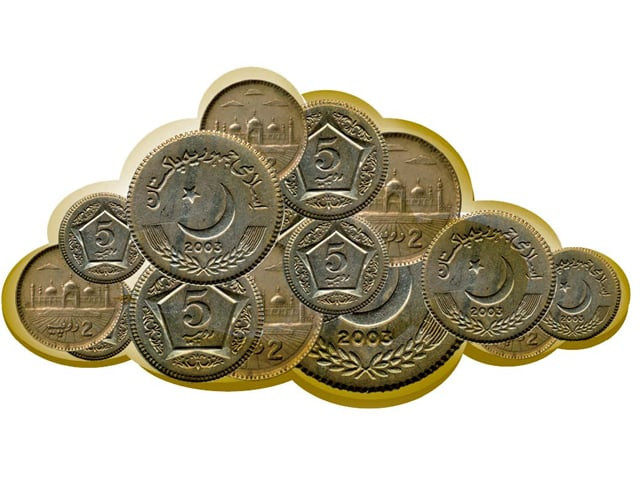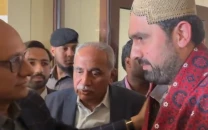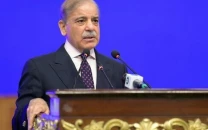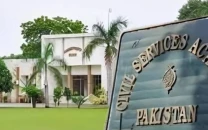Islamabad, the country’s costliest city
Almost all basic commodities cost higher here than average prices in the rest of the country.

A comparison of price trends makes Islamabad the country’s most expensive city with almost all basic commodities costing higher than the average prices in the rest of the country, according to data available with the Federal Bureau of Statistics (FBS). Even the twin city of Rawalpindi is better off when it comes to prices of daily items.
The difference in prices was visible in a comparative analysis with Rawalpindi, where the trend remained in line with other cities of Punjab.
If the average price of pulses was Rs119.33 for Masoor, Rs138.99 for Moong and Rs158.23 for Maash nationwide, the prices for the same in Islamabad were considerably higher as per rates taken on January 27, 2011, with Masoor at Rs129.38, Moong at Rs152.50 and Maash at Rs163.75.
While consumers all across the country remained under stress due to rise in prices throughout the first six months of the year 2010-11, for the consumer in Islamabad, the burden was up an extra notch on the inflation scale.
Vegetable and food vendors in Islamabad were charging at double the rate in the weekly Sunday and Friday bazaars. Prices of onions, tomatoes, garlic and green chillies which have fallen in other cities over the weeks are still raging in the capital. There is no one to question the dealers as authorities seem to be unaware of the people’s resentment level which is increasing with the rise in the cost of living.
While the Consumer Price Index of December, 2010, decreased by 0.51 per cent over November, 2010, it increased by 15.46 per cent over the corresponding month of the previous year. Overall inflation witnessed an increase over last year while recording a small decrease in the first month of 2011.
Among other things, the basic ingredients of any traditional food, wheat flour and meat, were also expensive in Islamabad, second only to Quetta and Khuzdar cities of Balochistan and Karachi in one case.
Those coming from Lahore, where beef was sold at Rs199.11 a kilogram, would be surprised to purchase it at Rs220 per kilogram from Islamabad. Even purchasing meat from Rawalpindi would be a better option, where beef is Rs215 a kilogram, and mutton Rs439.17. In Islamabad, mutton is Rs444 per kg.
These commodities were expensive in Karachi also, with mutton for Rs463 and beef for Rs230 a kilogram.
Still, the high price of meat in Islamabad means expensive food at hotels and markets, which serve a large portion of the capital’s mostly non-native population.
The prices for wheat were not available for Islamabad; however, wheat flour was available for Rs30 a kilogram, a rupee higher than Lahore, Rs2 lower than Karachi and almost equal to the national averages.
Rice is a hard choice for consumers as well. Broken Basmati rice was Rs56 a kilogram, higher than national average of Rs52 a kilogram. It was available for Rs48 in Karachi and Rs49 in Lahore.
A plate of ‘daal chawal’, with high prices of both commodities, is cheaper in Lahore and Karachi, but not so much in the city of bureaucrats. In the capital, the price of a plate of cooked daal was Rs41 and cooked beef was Rs61, which was 34 and 53 on the national average, according to the FBS data.
The prices of sugar (Rs72/kilogram), petrol (Rs73/litre), diesel (78/litre) and telephone call (3.59/unit) were the same throughout the country. With rickshaws and tongas not allowed in the federal capital, and not many public transport options available to the people, taxi cabs charge an average Rs100 per three kilometers.
Published in The Express Tribune, February 8th, 2011.



















COMMENTS
Comments are moderated and generally will be posted if they are on-topic and not abusive.
For more information, please see our Comments FAQ